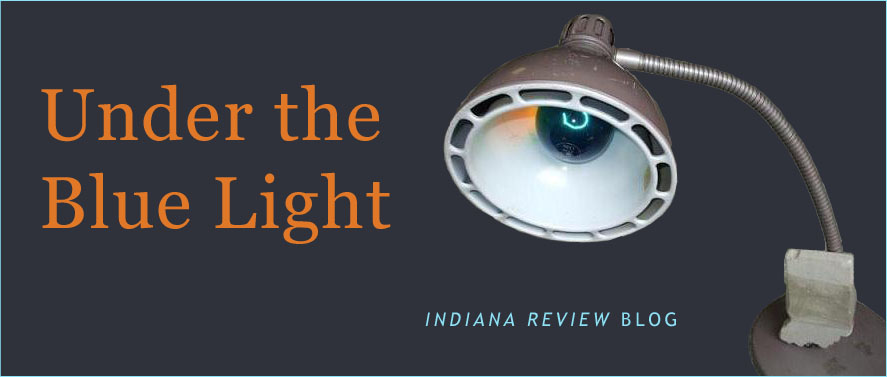 Todd James Pierce, Newsworld.
Todd James Pierce, Newsworld. Reviewed by
In his short story collection, Newsworld, Todd James Pierce tackles a vivid and varied landscape of human relationships through the lens of contemporary media and popular culture.
These ten stories, told by first person narrators, often swing between smart humor and dark morbidity. While Pierce’s collection surveys the famous and infamous icons of American culture, he focuses primarily on those on the outside looking in—the consumers of news and entertainment.
Newsworld, however, is not simply an exposé on the media and popular culture. Instead, Pierce uses these elements to explore his characters’ identities, their loves and losses, and their reactions to the world around them. The title story features a theme park, Newsworld, with rides such as “Watergate Hotel: The Break-In,” “Siege at
Pierce also explores how American culture’s representations of “ideal” masculinity often intersect with violence. The story, “Columbine: The Musical,” centers on Greg, a push-over with little ambition or confidence who holds imaginary morning chats with his absent father and doubts the affections of his beautiful, but condescending girlfriend, Susan. Things change, however, when Greg stumbles into a role in his high school play dramatizing the Columbine school shooting. Cast as gunman Dylan Klebold, Greg only finds the necessary rage to play his character after dropping a dumbbell on his foot in the school gym. As he channels Klebold, Greg impresses his theater teacher and fellow students, bosses around groups of freshmen, and enjoys Susan’s renewed attraction to him. The more Greg embraces Klebold’s anger and violence, the more Susan finds him irresistible. Greg’s change, nevertheless, is short-lived. During a morning vision, Greg’s father is silent and Dylan Klebold appears, telling Greg: “You have no idea how to be me. You drop a dumbbell on your foot. You think that’s insight. You think that’s pain.” Subsequently, Greg loses his Klebold persona, the respect of his peers, and his girlfriend. In Greg’s downfall, Pierce deftly renders the regrettable link in American culture between male self-worth and violence.
The final story in the collection, “Newsworld II,” further explores the connections between the media, masculinity, and violence, following a group of
The characters in Newsworld must react to the influence of larger culture in their individual lives. In “Arise and Walk, Christopher Reeve,” an elderly gardener and his wife Edna watch the struggles of their paralyzed celebrity neighbor, Christopher Reeve, while facing Edna’s chronic memory loss. When a special treatment does not heal Reeve, Edna confronts the possibility that she too may never be healed. Observing Edna, her husband, the narrator, says: “I believed she was deciding right then who she’d be for the rest of her life—and I understood the next moment to be crucial in a way few moments ever are.” Edna chooses hope, chooses not to allow Reeve’s condition or her own illness to interfere with her peace in the present. In a way, Edna’s decision reveals Pierce’s wish for all of his characters to establish an identity that withstands the larger-than-life images flashing across their television screens.

1 comment:
There are so many chronic diseases which the scientist can't find the cure till now. Diabetes is the best example of these kinds of diseases. Diabetes has no cure but the treatment of the symptoms of this disease are available. Diabetes treatment
Post a Comment